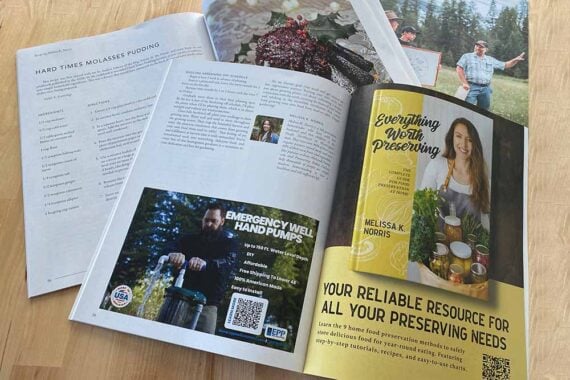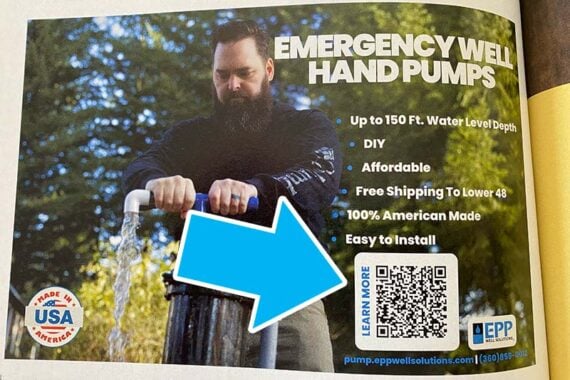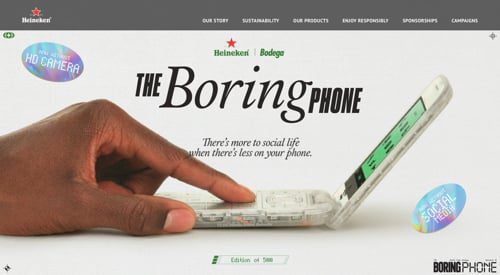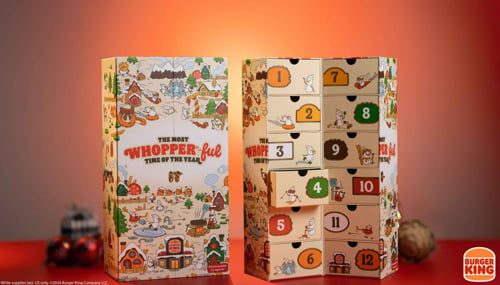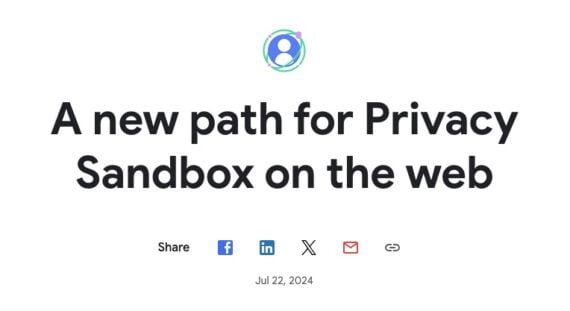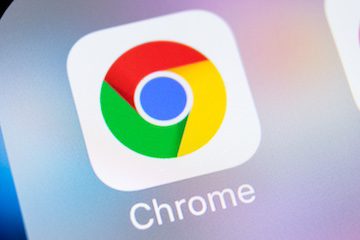The New Era of Cookie-less Ad Targeting
Advertising technology has entered a new phase that pairs personal privacy with targeting.
For years, the ad industry has depended on third-party tracking cookies — tiny snippets of code downloaded to a user’s browser — to identify prospects, gather data about them, and employ that data for targeting. Consumers saw relevant ads, and advertisers enjoyed good, if not superb, returns.
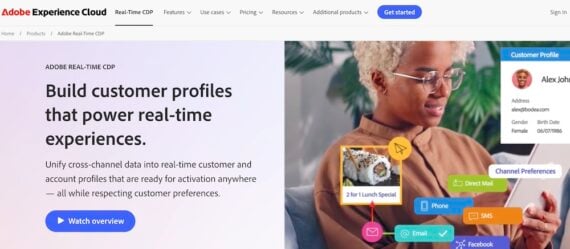
Adobe’s new real-time customer data platform is one of many innovations in cookie-less ad targeting.
Cookies
Unfortunately, cookie-based tracking has privacy problems. In contrast to first-party cookies, which store preferences, third-party tracking cookies aggregate, share, and thereby expose lots of private information.
Just this month, Wired magazine reported, “Google’s advertising ecosystem reveals that a wealth of sensitive information is being openly served up to some of the world’s largest brands…Experts say that when combined with other data, this information could be used to identify and target specific individuals.”
Privacy advocates recognized this and began railing against sharing personal and sensitive information across advertising networks. Technology companies responded. Mozilla’s Firefox browser, for example, stopped allowing tracking cookies back in 2019.
Google, which operates one of the largest ad networks in the world and has the most popular web browser in Chrome, nearly killed third-party cookies in 2024, as it planned to block them in Chrome and move all advertisers to alternative targeting methods — but it didn’t happen.
“Google heard the alarm bells from the industry that nearly 20 years of ad tech infrastructure cannot be recreated in six months,” said David Stein, then the CEO of the data firm Audigent, in an April 2024 email to Practical Ecommerce.
Those alarm bells could have been Google’s ad exchange customers, its ad tech partners, and the anti-trust regulators concerned that ending cookie tracking would give Google a performance advertising monopoly.
Hence tracking cookies remained in Chrome, but ad tech providers did not stop innovating.
Innovation
The same day that Wired published its report, Adobe announced the general availability of its real-time customer data platform (CDP).
“Brands have long relied on third-party audience signals to power tailored digital ads. As consumers play a more active role in customizing their privacy preferences, a move away from third-party data means new tools are required for brands to identify relevant audiences and deliver personalized ad experiences,” read the Adobe press release.
Adobe’s CDP allows advertisers and publishers to securely collaborate on first-party data to enhance ad targeting while respecting user privacy. This relationship is often called second-party data sharing, and resembles Shopify’s Audiences and similar products.
Methods
Second-party data sharing is one of six primary methods ad tech companies are exploring as they try to maintain or improve ad targeting efficacy without raising privacy concerns.
- Second-party data sharing allows advertisers and publishers to collaborate, often sharing aggregate data.
- First-party data is when a business uses its own data to target or retarget individuals or cohorts. Many companies are buying publications to advertise to known customers and prospects.
- Unified ID solutions produce encrypted identifiers to share among systems. The Trade Desk’s Unified Solution is an example. Often, these IDs stem from an email address.
- Data clean rooms make it possible for analysts to use data without privacy concerns.
- Cohort-based advertising targets groups of shoppers with similar profiles instead of individuals.
- Contextual targeting analyzes the context — web page, app, video, email — to deliver relevant ads to consumers without relying on personal data. Artificial intelligence makes this more successful.
Used individually or in combination, these targeting techniques have significant promise. Most reports suggest that results vary among advertisers, yet the techniques will likely work better than third-party cookies.
Ad Experiments
Listing the ad tech companies developing cookie-less targeting methods would fill pages. Thus advertisers seeking to acquire customers might find it wise to experiment.
For example, marketing platform Zeta Global recently purchased the email advertising company LiveIntent. Some in the industry believe Zeta Global valued LiveIntent’s ability to identify website visitors based on email interactions.
Could Zeta Global’s demand-side platform be worth a look?
Similarly, Paved, another email ad platform, expanded its programmatic network, permitting advertisers to target and retarget shoppers safely and privately.
In short, ad targeting is changing, and the best options may not be familiar platforms.

